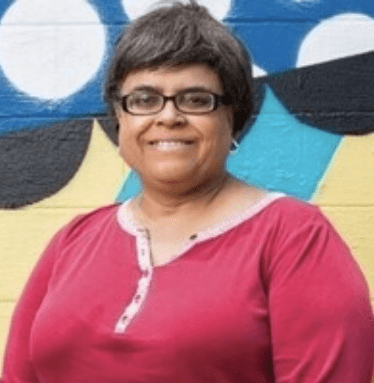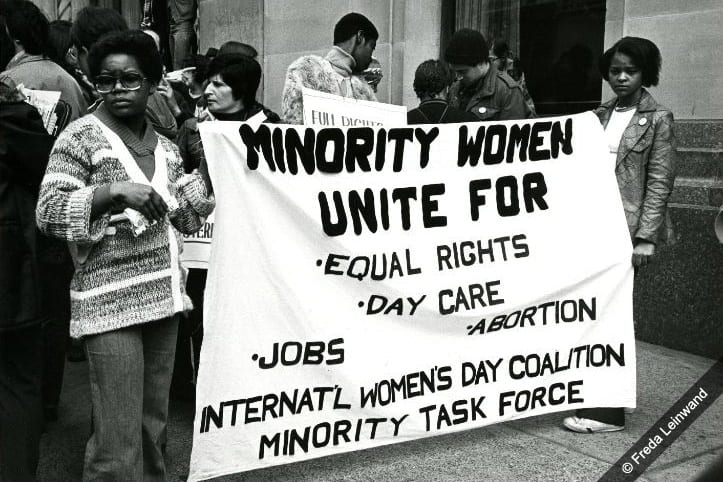
On Tuesday, March 7, in celebration of International Women’s Day, the Institute for Human Rights at UAB in partnership with the Department of Political Science and Public Administration and Women’s and Gendered Studies welcomed Dr. Marisa Richmond. Dr. Richmond facilitated a discussion on the Women’s Rights Movement.
Dr. Richmond, a trans woman of color and adjunct professor at Middle Tennessee State University, began her lecture by providing a brief synopsis of how International Women’s Day originated within the Communist and Socialist Movements. Dr. Richmond drew inspiration from Abigail Adams as she recounted the words of the former First Lady when she urged her husband, John Adams to “remember the ladies” in a letter she wrote to him on March 31, 1776. Abigail Adams letter was a reminder for her husband as he prepared for the Continental Congress. Dr. Richmond echoed Abigail Adams sentiments throughout her lecture as she continually reminded the audience to “remember the ladies” and participate in all efforts that encourage inclusiveness and diversity.
Dr. Richmond then spoke about divisions within the women’s rights movement and the failure to include women of color and trans women. The 14th Amendment to the United States Constitution officially granted the right to vote to African American men, but this caused a large rift within the Women’s Rights Movement. Leaders of the feminist movement such as Susan B. Anthony and Elizabeth Cady Stanton were emphatic in their belief that African American men did not deserve the right to vote before white women. This division within the original women’s suffrage movement lead to the creation of differing women’s rights organizations and even led to strife within those organizations. An event participant asked Dr. Richmond, “How can the inner fragmentation within the Women’s Rights Movement be overcome?” Dr. Richmond responded that we must embrace diversity and appreciate all the positive opportunities presented by adopting diversity principles. The current efforts to exclude trans women and girls from competing on sports teams consistent with their gender in states like Iowa and South Dakota is an example of how divisions within movements will/can occur. Failure of one party to recognize the legitimacy of another is the bedrock of so many domestic and international conflicts of the past and of today.
An event participant then asked, “How can trans youth begin a career in politics?” Dr. Richmond responded by telling them to “Get involved in a campaign!” Dr. Richmond then stressed the importance of local elections such as for positions on the school boards and judges. Dr. Richmond got involved in her first campaign at the age of 12 when her best friend’s mother was running for mayor. Dr. Richmond also added that “if they can pay you, they will and at the very least they’ll feed you.” As a follow up, another participant then asked Dr. Richmond, “How can we address public policy makers with our concerns?” Dr. Richmond responded, “It depends on the policy. I like to bring my personal experience and background into discussions about education. However, something like healthcare, I bring research and documentations. We must focus on taking care of people. I also like to quote the Constitution ‘equal protection under the law.’ If you love the Constitution, we cannot ignore what it says.”
After a hearty discussion varying from women’s rights to public policy the resounding message within Dr. Richmond’s lecture was to “remember the ladies” and always choose knowledge over ignorance.
Thank you, Dr. Richmond and thank you everyone who participated in this wonderful discussion. Our next event, My Right to Live: Rights and Reporting in Long-Term Care will be held on Wednesday, March 23, 2022, at 12pm. We will be discussing the rights of residents living in long-term care facilities with Sheree Head, Ombudsman Representative with the Jefferson County Area Agency on Aging. Everyone is welcome. Register here!
To see more upcoming events hosted by the Institute for Human Rights at UAB, please visit our events page here.




